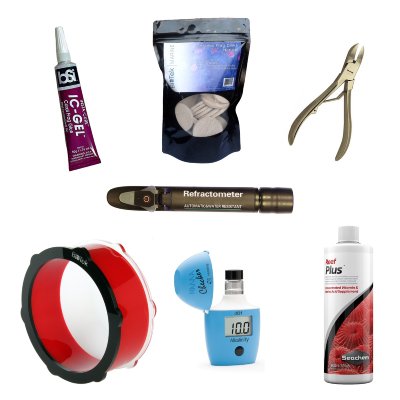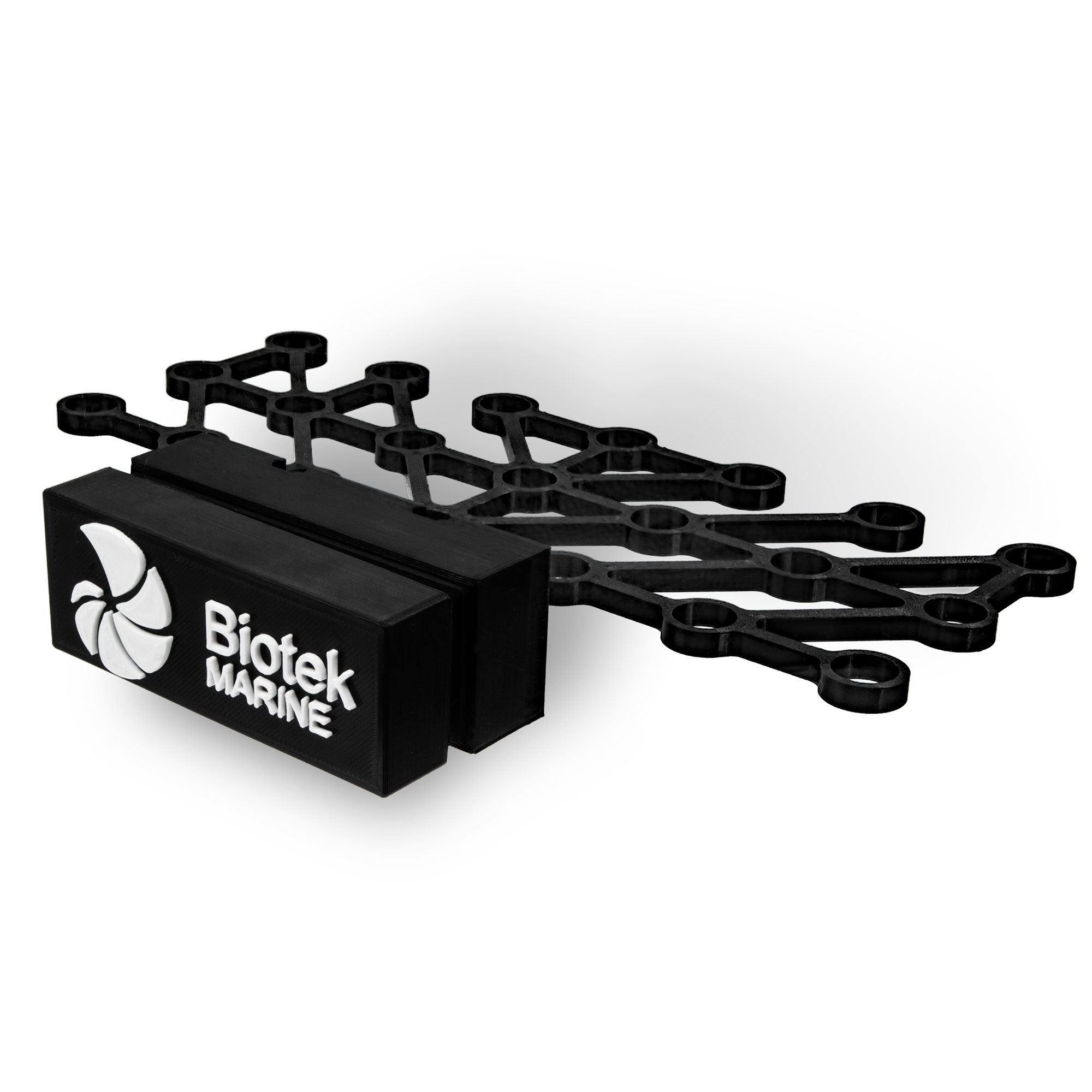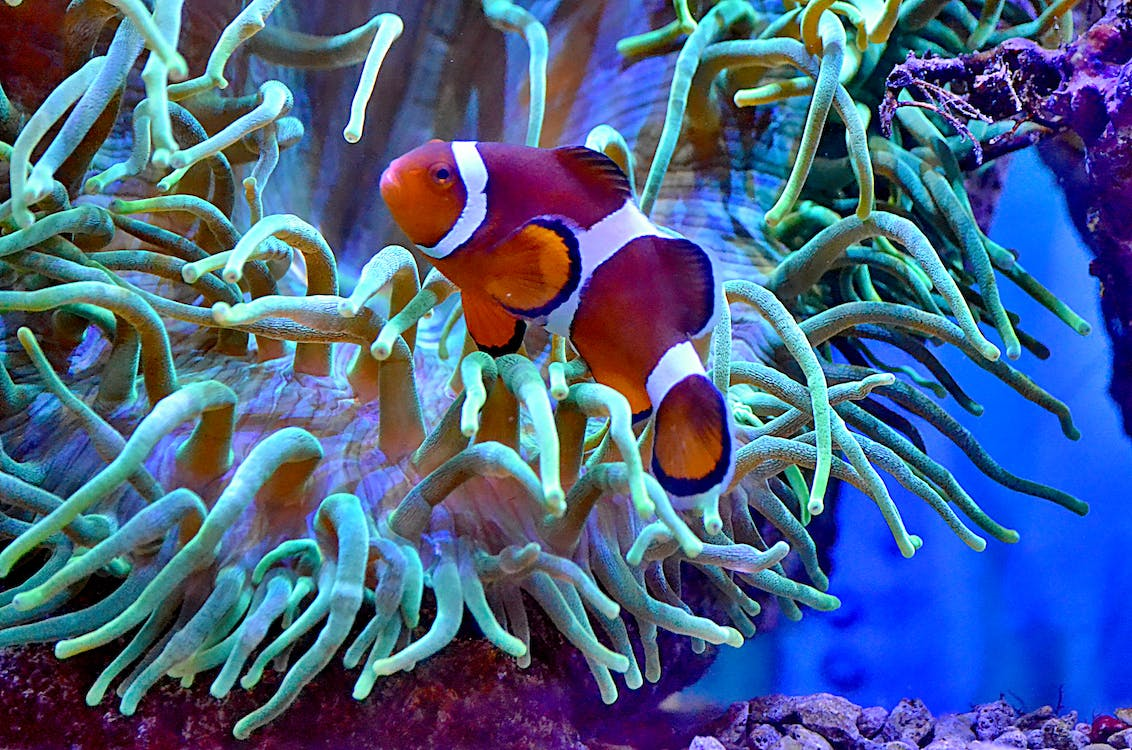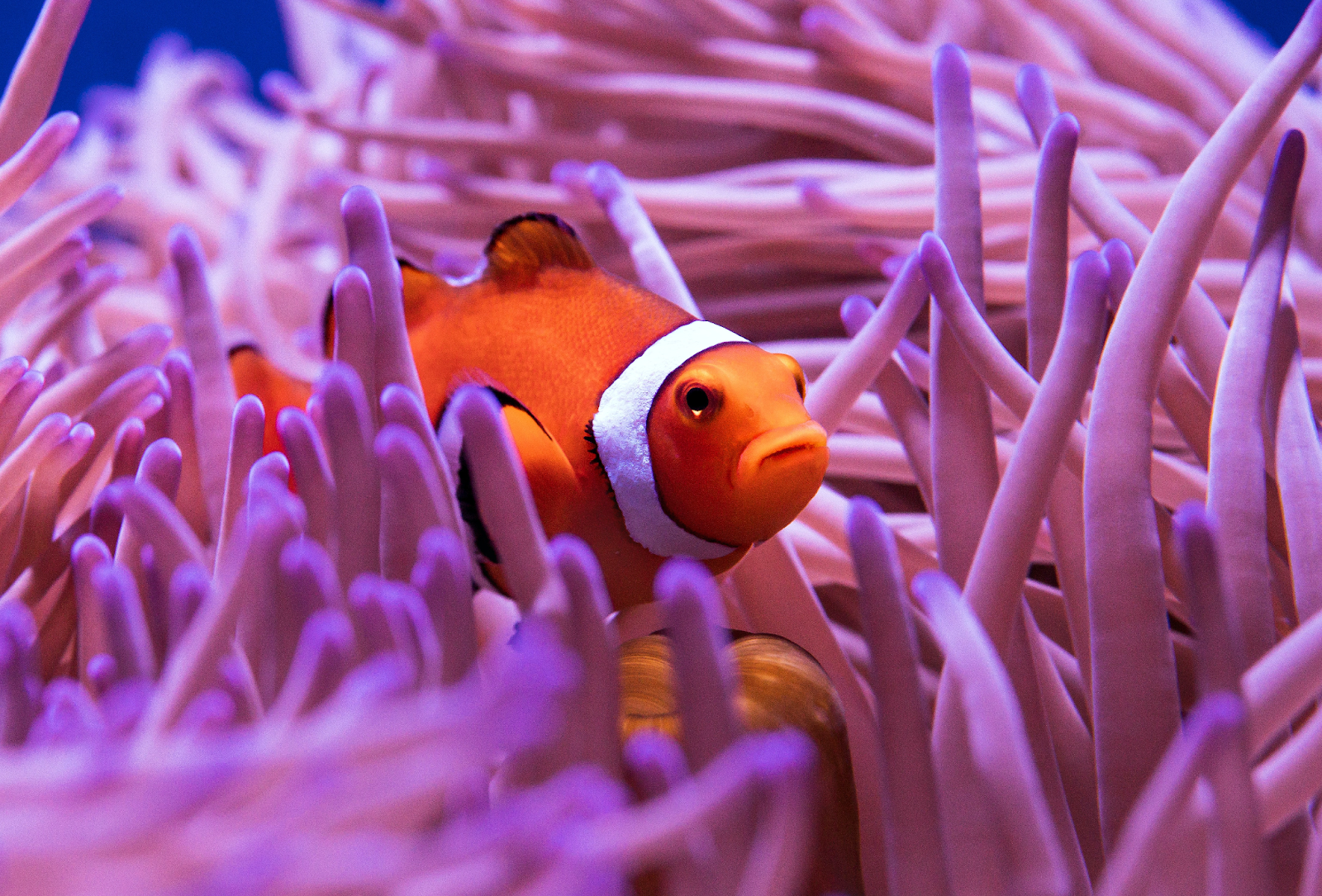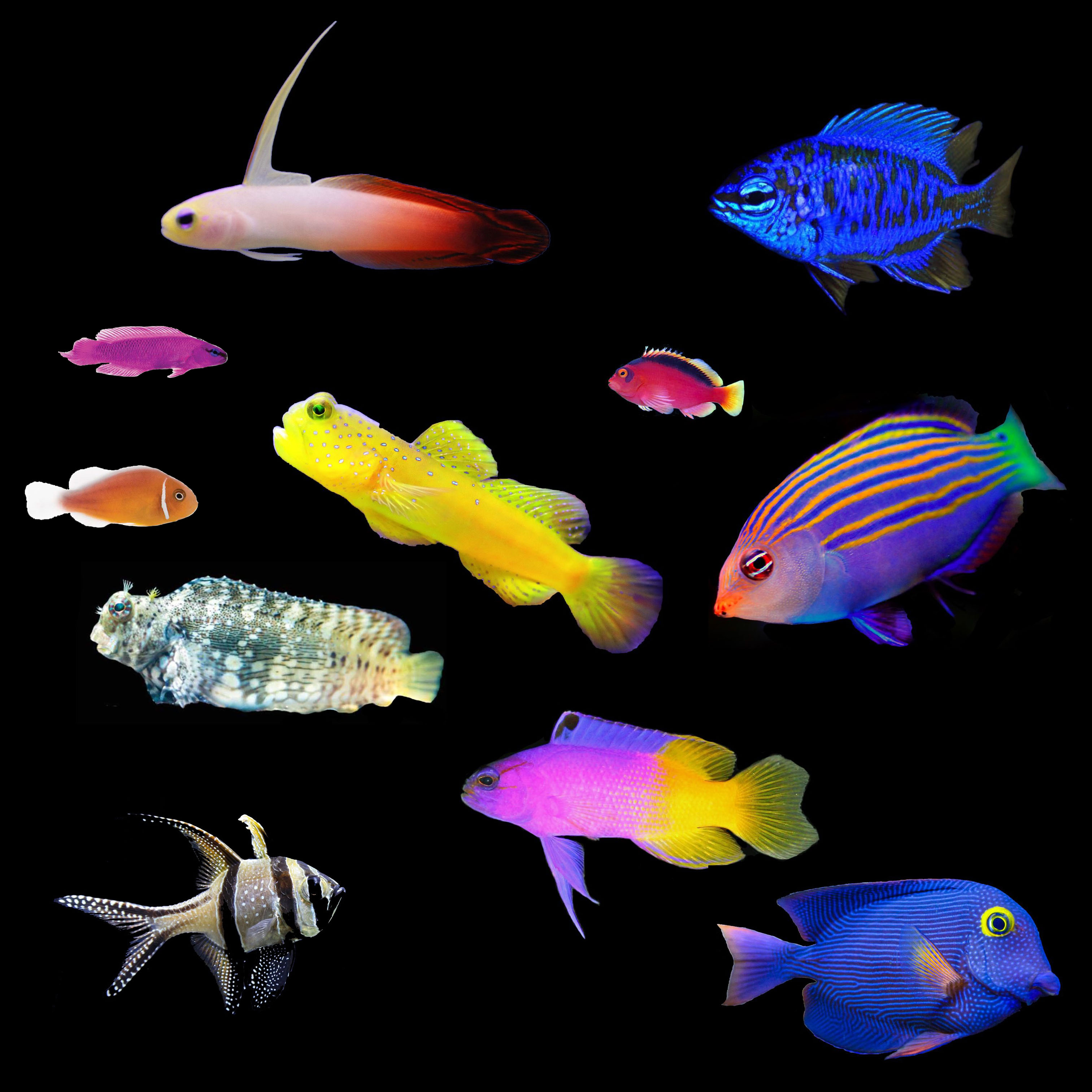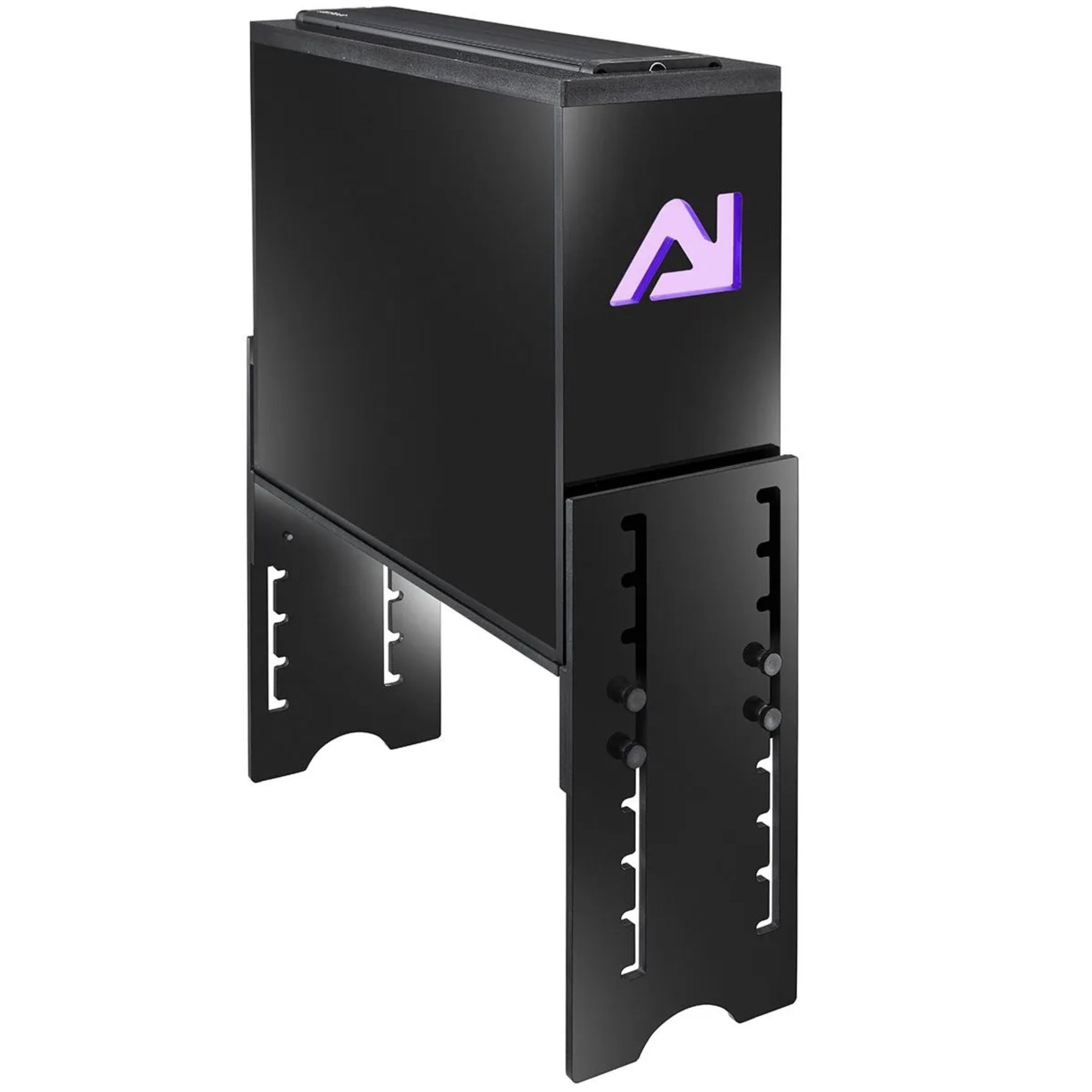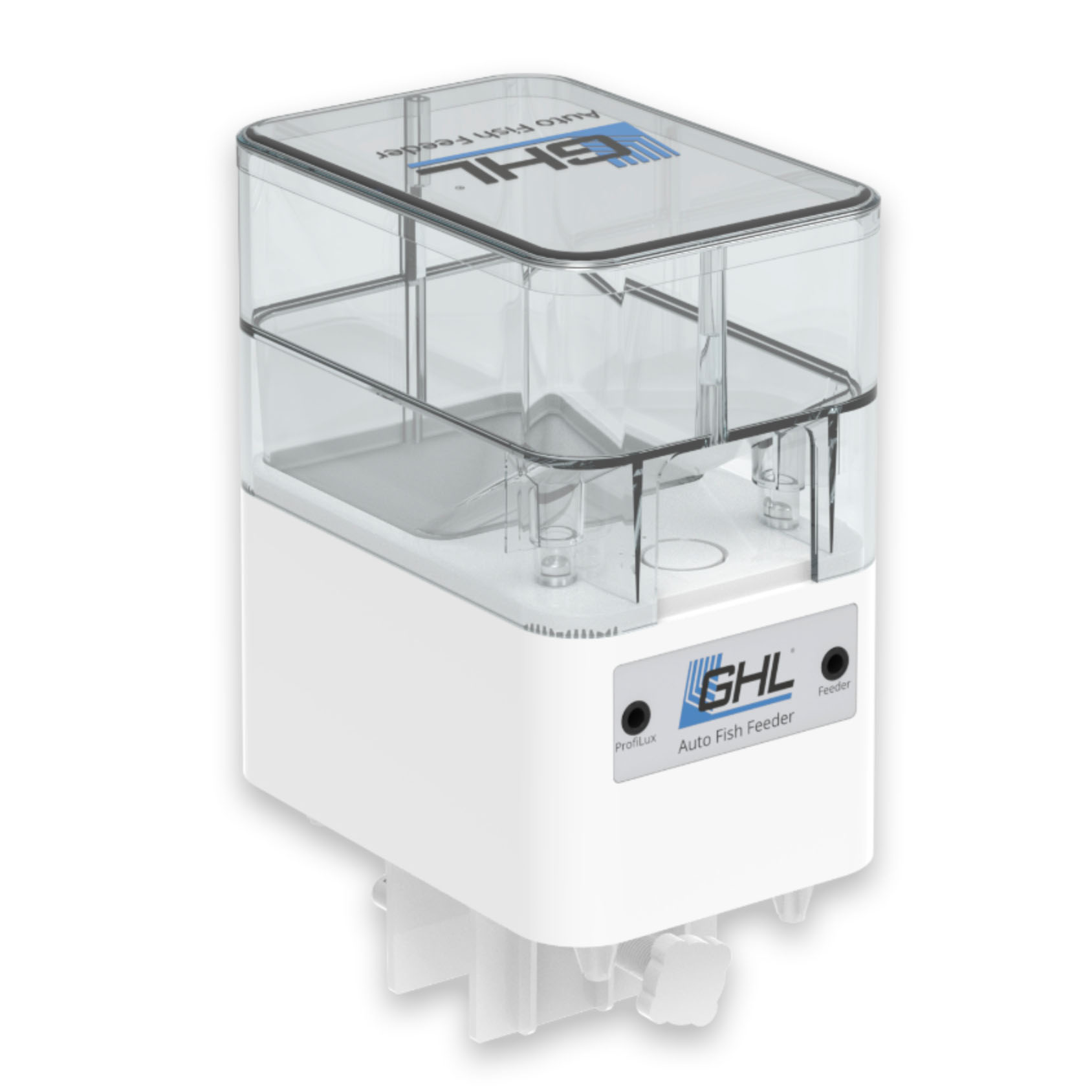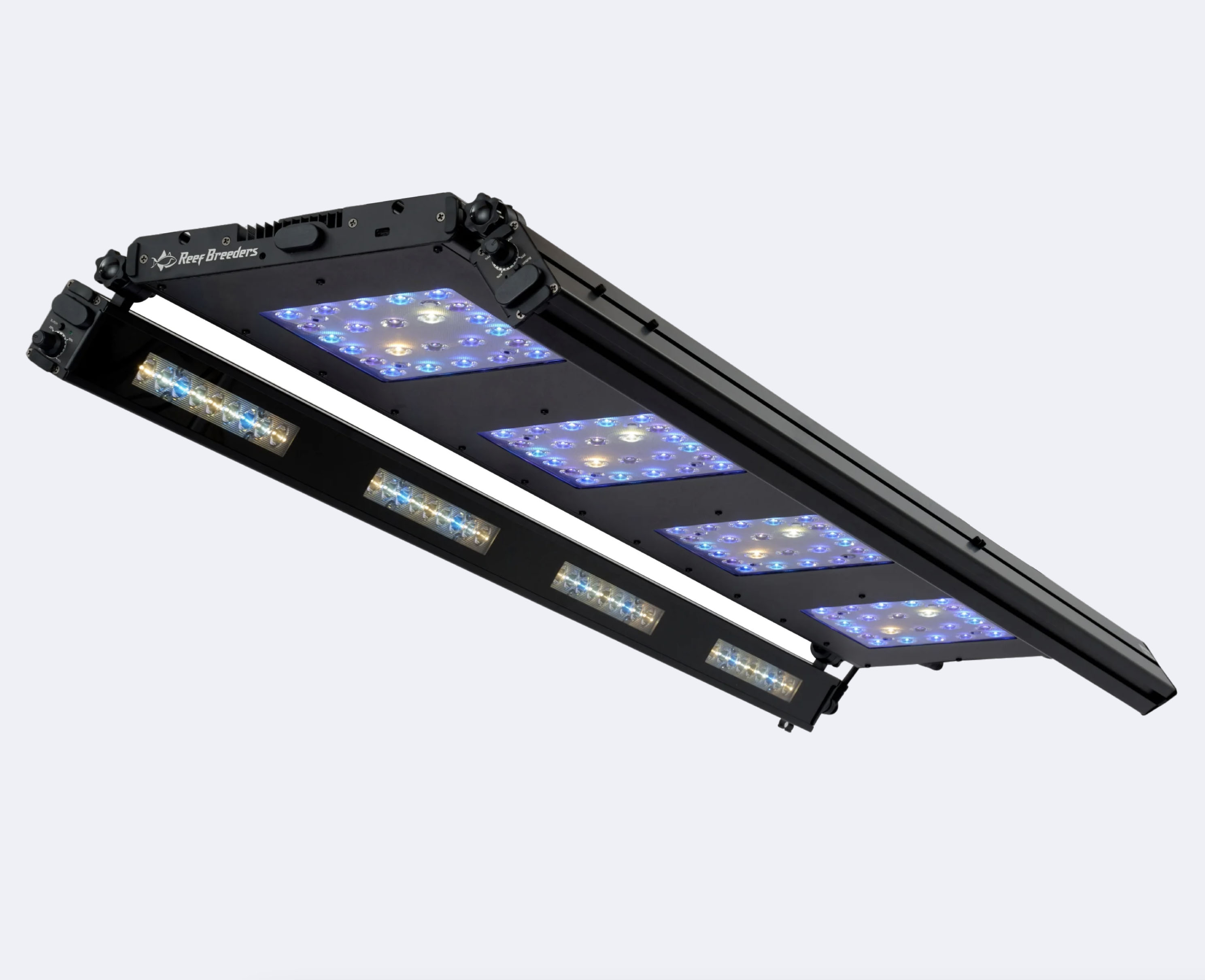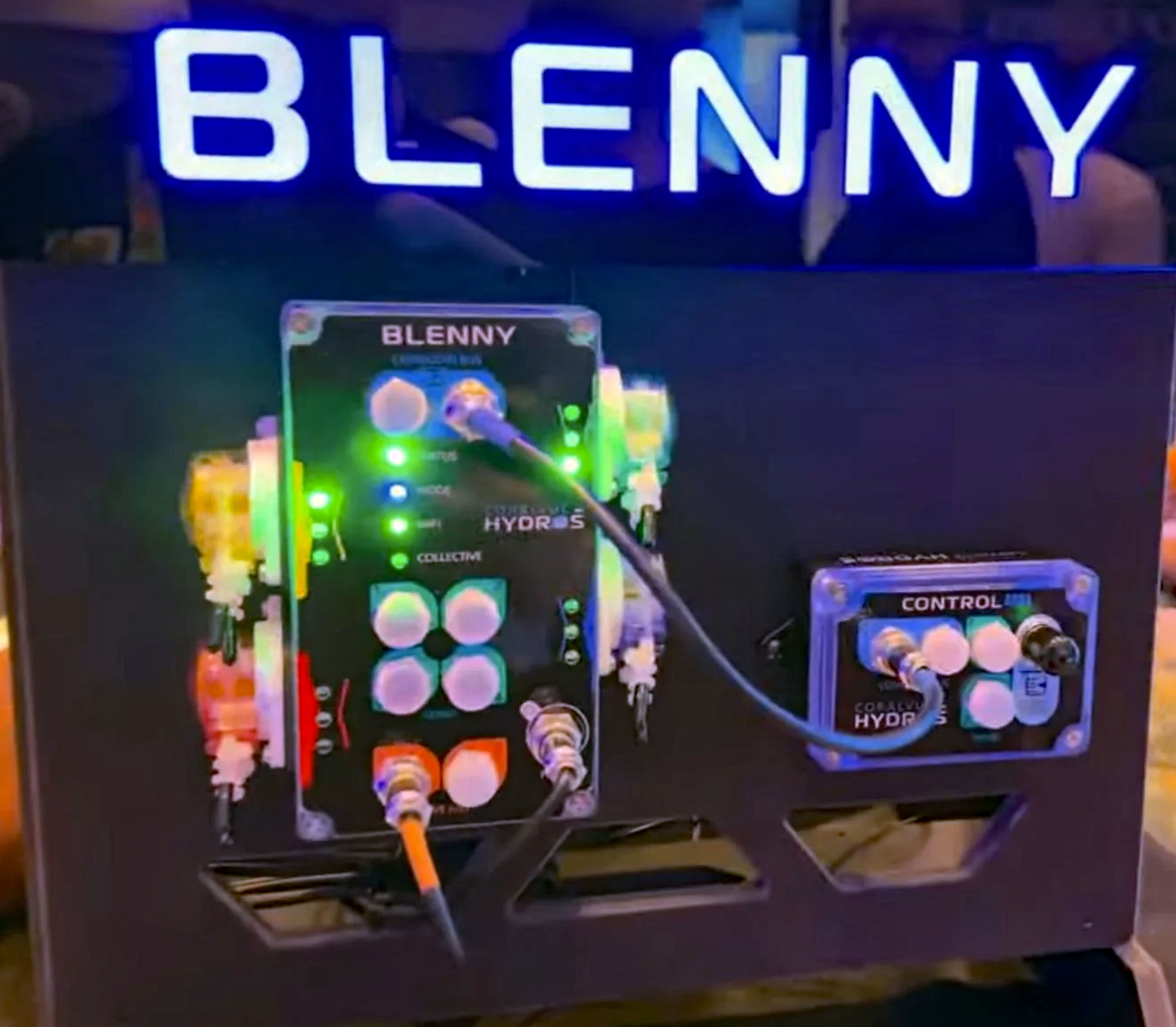We use cookies to make your experience better. To comply with the new e-Privacy directive, we need to ask for your consent to set the cookies. Learn more.
What is PAR in a Reef Tank? Understanding Photosynthetically Active Radiation for Corals
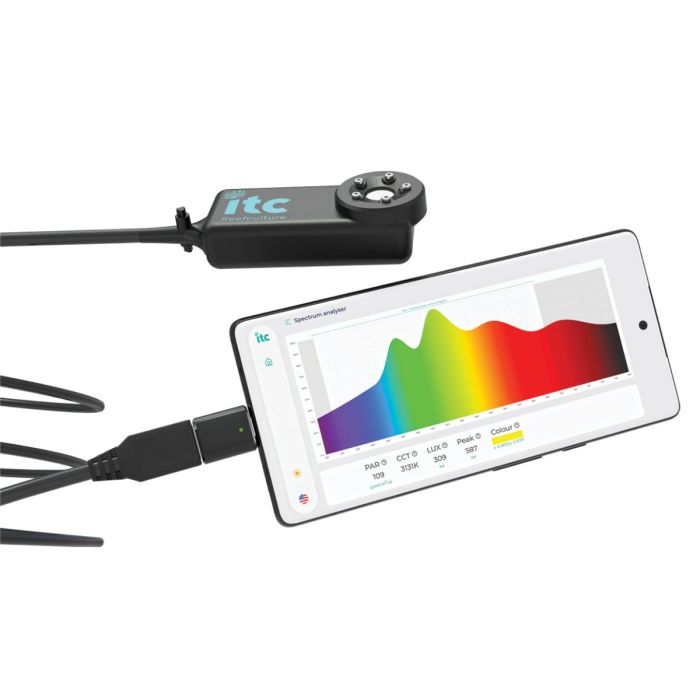
PAR, or Photosynthetically Active Radiation, is a critical factor when it comes to reef tank lighting. In scientific terms, PAR refers to the specific range of light wavelengths, from 400 to 700 nanometers, that corals, algae, and plants use for photosynthesis. PAR is essential because it measures the light that is actually usable by corals to produce energy, through the symbiotic relationship they have with zooxanthellae, a type of algae living in their tissues. These algae convert light into food for the coral, which supports growth, health, and vibrant coloration.
In simpler terms, PAR helps determine the amount of light energy available for corals to perform essential biological functions, which is why understanding and managing PAR in a reef tank is so important.
How is PAR Measured?
PAR is measured in micromoles of photons per square meter per second (µmol/m²/s). This scientific measurement tracks the number of light photons that fall on a specific area over time. A PAR meter or quantum meter is used to measure the PAR values within your reef tank, ensuring that the corals are receiving the optimal amount of light for their needs. Proper PAR measurements in a reef aquarium can help ensure a balance between too much and too little light, both of which can harm coral health.
Why is PAR Important for Corals in Reef Tanks?
PAR in reef tanks is essential because corals rely on light to survive and thrive. The light intensity directly impacts the process of photosynthesis carried out by zooxanthellae, which provide nutrients to the coral. If corals receive insufficient PAR, they may struggle to grow, lose coloration, or even die. Conversely, too much PAR can lead to coral stress, bleaching, or tissue damage.
In any reef aquarium, managing optimal PAR levels is necessary to ensure your corals receive the right amount of light. This is especially important if you have a mixed reef with different types of corals, each requiring specific PAR values for healthy growth.
So how do aquarists effectivly measure PAR levels in the aquarium? At Aquarium Specialty we offer several different PAR meters from Apogee Instruments and a more advanced meter from SenEye called the ParWise meter. This meter not only measures PAR but also LUX, Color Spectrum, Hue, DLI (Daily Light Integral) and Peak Wavelengths.
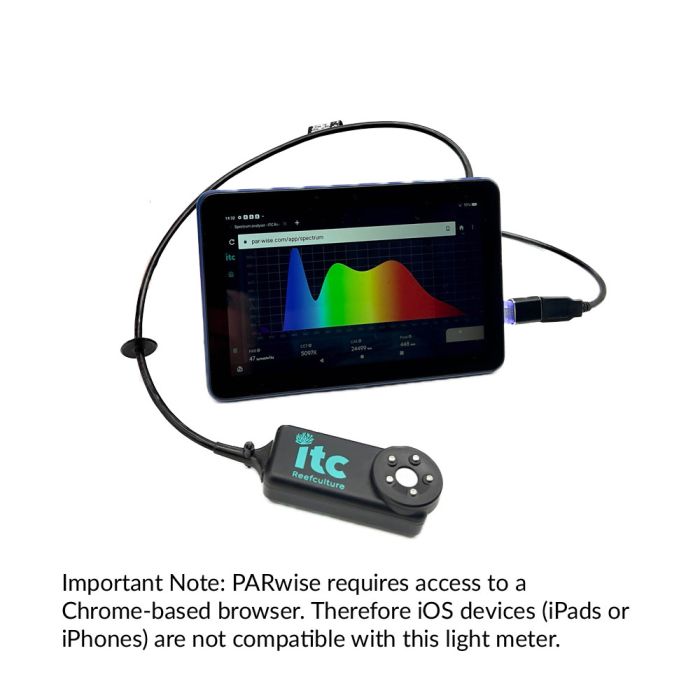
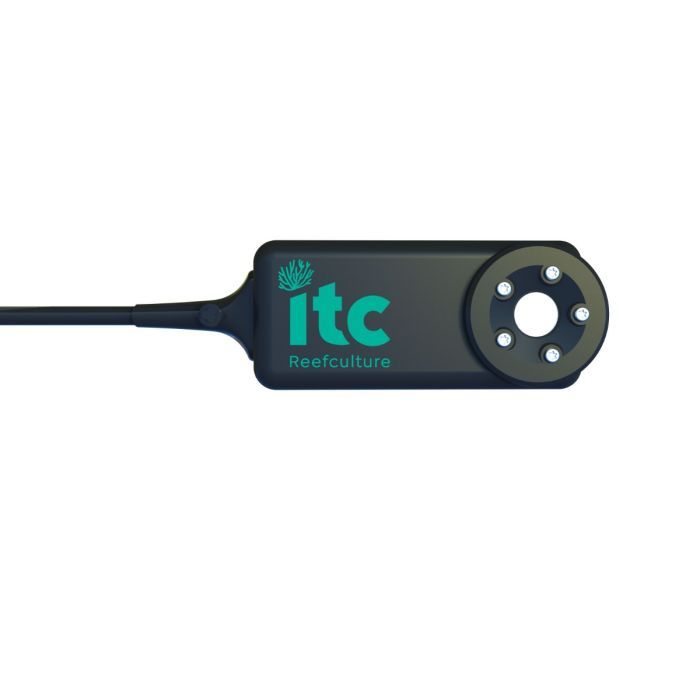
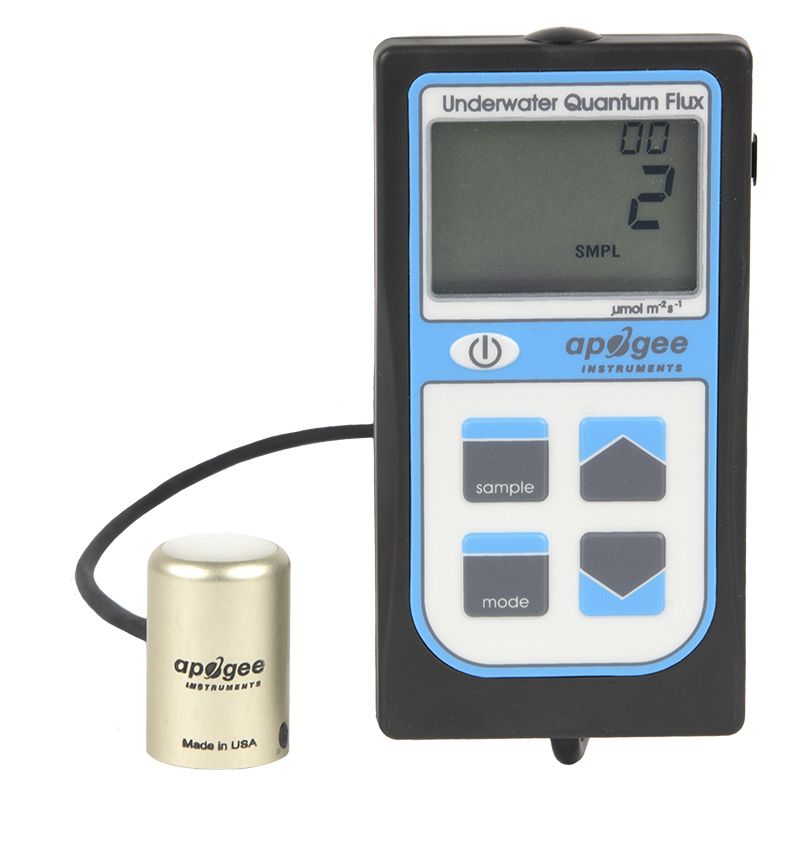

Typical PAR Values for Different Coral Types
When setting up a reef aquarium, it's important to know the ideal PAR values for corals based on the species you plan to keep. Here are typical PAR ranges for various coral types:
Soft Corals
- PAR Range: 50-150
- Examples: Xenia, Mushroom Corals (Discosoma), Leather Corals
Why: Soft corals are often found in deeper or shaded areas of the reef, making them well-suited to lower light environments. For these species, maintaining a PAR of 50-150 in your reef tank is usually sufficient for growth. Soft corals are a great choice for beginners due to their lower light demands and tolerance for varying water quality.
LPS Corals (Large Polyp Stony Corals)
- PAR Range: 100-200
- Examples: Acanthophyllia, Euphyllia (Frogspawn, Hammer Coral), Favia
- Why: LPS corals thrive under moderate light levels and are usually found at middle reef depths. A PAR value of 100-200 is ideal for LPS corals. These corals require a balance between too much and too little light, and care should be taken to gradually acclimate them to higher PAR settings to avoid bleaching.
SPS Corals (Small Polyp Stony Corals)
- PAR Range: 200-400 (and much higher in some cases)
- Examples: Acropora, Montipora, Stylophora
- Why: SPS corals demand high light levels, as they are native to shallow reef areas where sunlight is abundant. PAR levels of 200-400 are typically required for these corals to grow properly. The high energy demands of SPS corals make it crucial for reef keepers to provide intense, consistent lighting. Keeping PAR within this range ensures optimal growth and coloration.
Clams and Anemones
- PAR Range: 150-350+
- Examples: Tridacna Clams, Bubble Tip Anemones
- Why: Like SPS corals, certain clams and anemones also require higher light levels to sustain their energy needs. Maintaining a PAR value of 150-500 (with acclimation) ensures these species can photosynthesize efficiently and grow well in a reef tank environment.
Why Monitoring PAR Levels in a Reef Tank is Crucial
Monitoring PAR levels with a PAR meter is essential for keeping a thriving reef aquarium. Light intensity varies throughout different parts of the tank, so it’s important to ensure that each coral is getting the light intensity it needs. Reef tank lighting systems with controllable settings, such as those from brands like Ecotech Radion, AI Hydra, and Kessil, allow you to customize light output to achieve the right PAR values for corals at different tank depths.
Without proper PAR management, corals may not receive the necessary light for photosynthesis, leading to poor health and slow growth. By measuring PAR in a saltwater aquarium, aquarists can make informed adjustments to lighting, ensuring their corals thrive.
How to Achieve Optimal PAR in a Reef Tank
Modern LED lighting for reef tanks, especially high-end brands like Ecotech Radion, AI Hydra, ReefBrite, Reef Breeders, Duala, GNC and Kessil, provide the ability to adjust and fine-tune PAR values. These systems allow for precise control over light intensity and spectrum, helping reef keepers create optimal conditions for a wide range of coral species.
For hobbyists with a tighter budget, there are still economical options available from brands like Dymax, Hygger, and Zetlight, which provide sufficient light for less demanding corals like soft corals LPS species and some SPS species. Understanding the PAR output of your LED lights and how they affect your corals at different tank depths is key to maintaining a healthy reef ecosystem.
Final Thoughts on PAR and Reef Tank Lighting
Knowing the PAR levels for different corals is critical to keeping a successful reef aquarium. Whether you're growing soft corals, LPS, or SPS, maintaining the correct PAR values ensures your corals receive the necessary light to thrive. By using a PAR meter to measure light intensity and investing in high-quality LED lighting, reef keepers can tailor their lighting setup to match the needs of their coral species, promoting long-term success and vibrant coral health.
In summary, understanding what PAR means in reef tanks, how to measure it, and how it affects coral growth is essential knowledge for any saltwater aquarium enthusiast.




